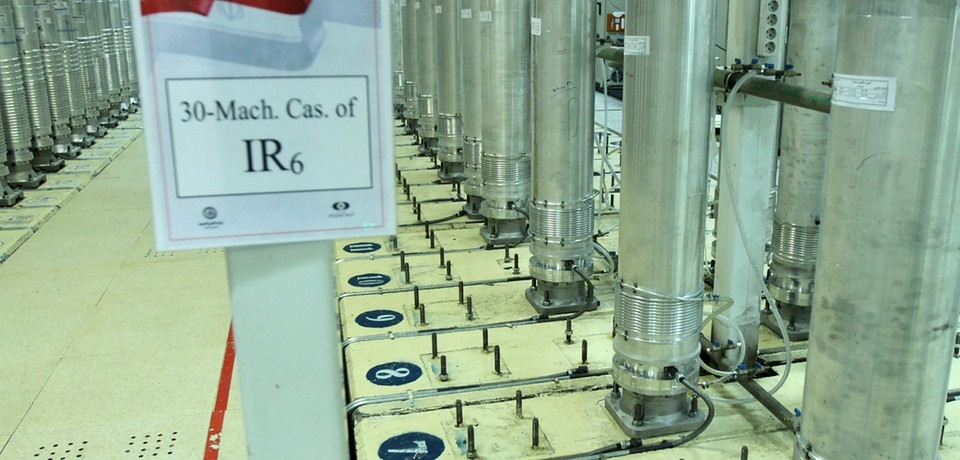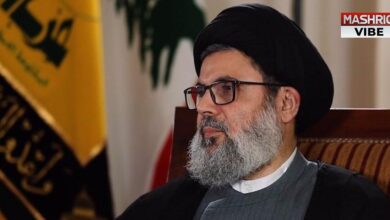IAEA report: Iran has more enriched uranium than allowed

Iran has much more enriched uranium than agreed. This is reported by the International Atomic Energy Agency. Western diplomats warn of the failure of a new nuclear pact.
According to the International Atomic Energy Agency (IAEA), Iran has 18 times more enriched uranium than agreed in the 2015 international nuclear deal. According to the latest IAEA report, the country’s reserves contained an estimated 3,809.3 kilograms of enriched uranium as of mid-May. In the agreement, which was unilaterally terminated by the United States in 2018, Iran had committed to a maximum limit of 202.8 kilograms.
According to the report, Iran also continues to enrich uranium above the 3.67 percent level stipulated in the agreement. The stock of up to 20 percent enriched uranium has increased by 56.3 kilograms to 238.4 kilograms since March, and that of up to 60 percent enriched uranium by 9.9 kilograms to 43.1 kilograms. Uranium enriched to around 90 percent is required to build atomic bombs.
Trump canceled the deal
The 2015 international nuclear deal promised Iran the relaxation of sanctions. To do this, Tehran should limit its nuclear program. The United States unilaterally withdrew from the agreement under former President Donald Trump in 2018. As a result, Tehran no longer kept its obligations under the agreement and expanded its nuclear program again.
New restriction largely negotiated
The IAEA quarterly report on Iran was prepared against the background of the negotiations to save the nuclear pact with Iran. The talks are on the brink because Washington and Tehran cannot agree on which US sanctions will be lifted. A renewed restriction of the Iranian nuclear program, however, has already been largely negotiated. Western diplomats have been warning for months that the restoration of the 2015 nuclear deal is becoming increasingly unlikely the further Iran pushes uranium enrichment in particular.
Tehran has always emphasized that it does not seek nuclear weapons, but uses uranium only for nuclear power plants and for scientific and industrial purposes. However, the IAEA has not yet been able to confirm this. Contrary to an agreement, Tehran has still not explained why the IAEA has detected traces of uranium at several sites not declared as official nuclear sites, according to another report provided by the agency. Iran “did not provide any technically credible explanations,” it said.


